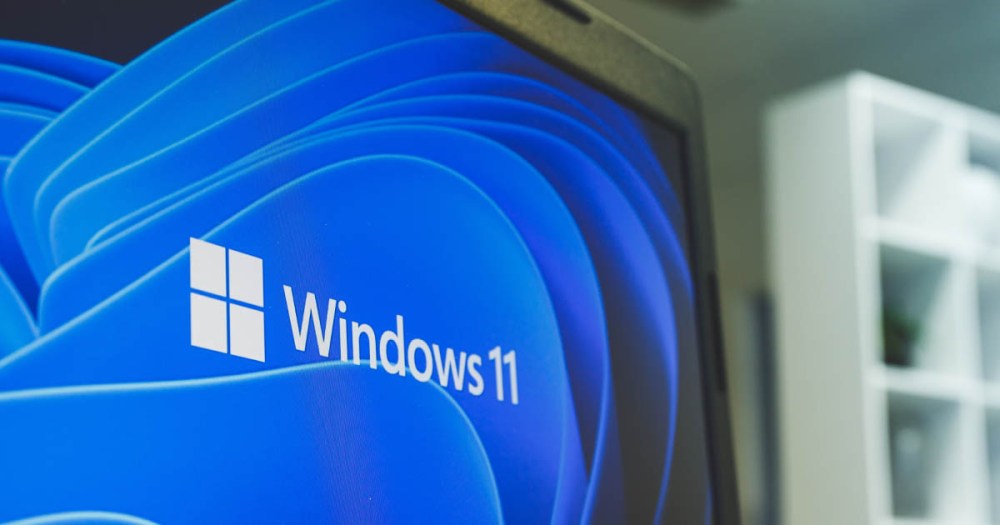Core Benefits
- Security: Enhanced security (being one of the biggest concerns) is reason enough for the switch, but Windows 10 users with a proactive workstation security maintenance program and having upgraded computers on TPM 2.0 (Trusted Platform Module) are somewhat well protected. It is anticipated that future Microsoft security developments will lean towards Windows 11, particularly its Virtualization-based Security (VBS) capabilities that are enabled by default.
- Interface: All reviews of Windows 11 tout that it appears more “Mac-like,” meaning a cosmetically cleaner and smoother design, which was initially noticeable, but most likely is forgotten by users shortly after using it. The Windows 11 default does center the taskbar applications in the middle of the screen but for those who like the applications left-justified, the Personalization>Taskbar tab within Settings allows for quick customization wherever chosen.
- Snap layout: Display snapping is probably the most useful new feature with the Windows 11 upgrade. Most of us have utilized the snap screen capability in Windows 10 to fill a half or quarter screen in a display with a specified application. The new Snap Layouts feature, which pops up when you hover over the “minimize/maximize” button, provides multiple layouts appropriate to that screen size. Windows 11 also allows you to set up different desktops such as one for tax applications and one for administrative that you can quickly jump to from the taskbar.
- Widget: The widget feature is also a touted improvement, allowing you to customize the layout to quickly access news, weather, stock quotes, etc. and to add your own “To Do” list and Outlook Calendar.
- Android apps: Bolstering the theoretical discussions around the eventual merging of your smartphone and computer, the ability to run your favorite Android apps on your PC was initially touted as one of the cool features of upgrading to Windows 11. However, this feature has been slow in coming to fruition. The process requires having an Amazon account and installing applications from the Amazon Appstore, which so far has not been a consistent or reliable feature.
Windows 11 System Requirements
While Windows 10 will continue to be supported by Microsoft through October 14, 2025, firms will have to decide whether they want to upgrade existing computers to Windows 11 (to promote consistency as a firm standard) or to move to Windows 11 only when acquiring new computers. According to Microsoft, the minimum system requirements for upgrading a Windows 10 PC to Windows 11 include at least a 1Ghz dual-core processor, 4Gb RAM, 64Gb of storage, UEFI-Secure Boot capability, running on Trusted Platform Module (2.0), a graphics card compatible with DirectX 12, a 9” or larger 720p or higher resolution display, and of course an active Microsoft account and internet connection. Microsoft has made it easy to identify if an existing Windows 10 workstation meets these specifications with their PC Health Check application. Search in the Windows taskbar for “PC Health Check,” and install the latest version to run the analysis to help you determine if existing computers are capable of the upgrade.
Firm Application Compatibility
One of the key factors in determining when to move to Windows 11 is when all your applications provide support for this new operating system. While most common industry applications like Office 365, Adobe and current web browsers quickly promoted compatibility with Windows 11, accounting applications have traditionally been very slow to follow suit. This does not mean that your legacy tax, accounting, fixed asset or income tax planner won’t work on Windows 11; it just means that if you experience problems or glitches that the vendor will not help you resolve them.
As of June 1, 2022, Intuit websites were touting support for Windows 11 for their ProSeries, Lacerte, Fixed Asset Manager, Document Management System and QuickBooks Desktop 2022 (Windows 11 64-bit) applications. Thomson Reuters was supporting both the 32-bit and 64-bit Windows 11 versions for many of their on-premise applications, but not for all of their cloud-based applications. Wolters Kluwer/CCH stated they were providing support for Windows 11 64-bit for some of their CCH Axcess applications, but not for Axcess Tax, ProSystem fx Tax, Taxwise or ATX, so it is important to verify all firm applications are compatible and thoroughly tested before making the decision to move to Windows 11.
Most of us have been through multiple operating system transitions and while some, such as Windows 8, were ill-advised and under-whelming, it seems that Windows 11 will follow the success of Windows 7 and 10 in providing a more stable and secure operating platform within today’s accounting firm once your accounting applications provide support for it.
This content was originally created for AICPA. This information is an example of the turnkey practice management tools and resources AICPA delivers. The original post can be found here at aicpa.org.



